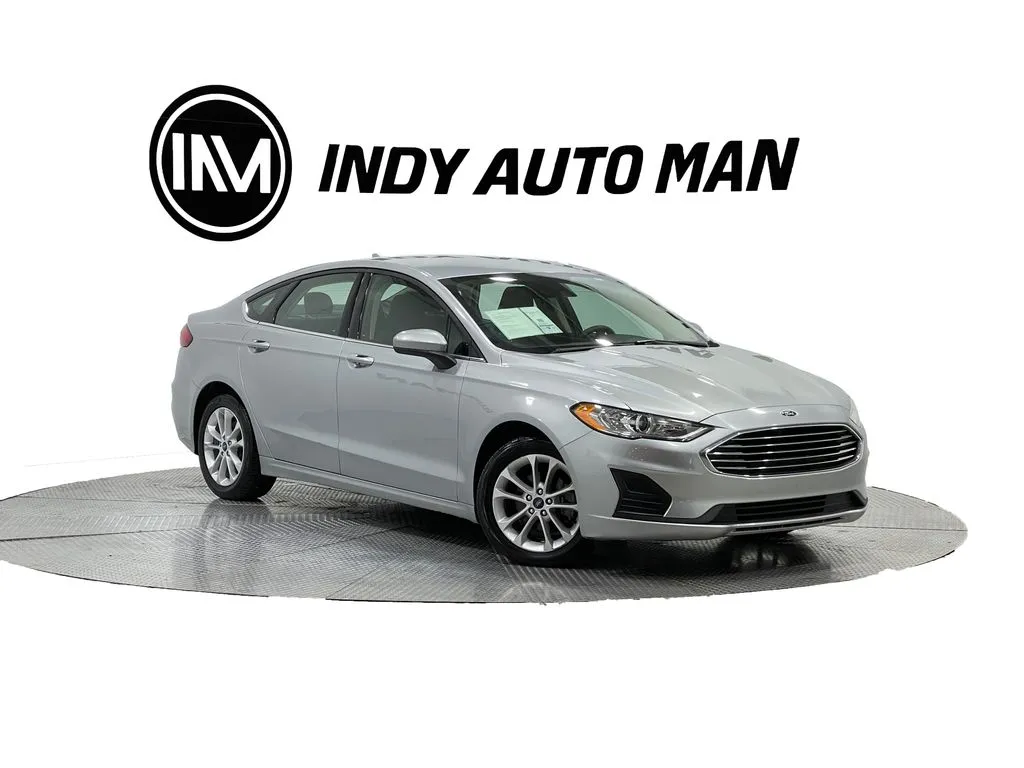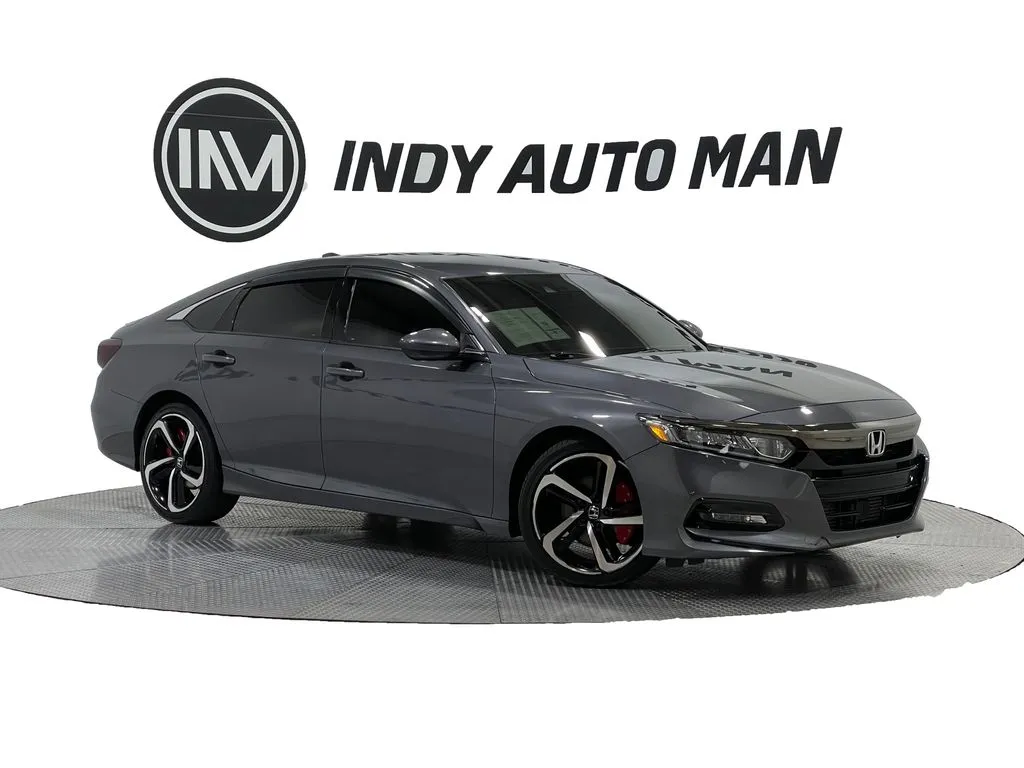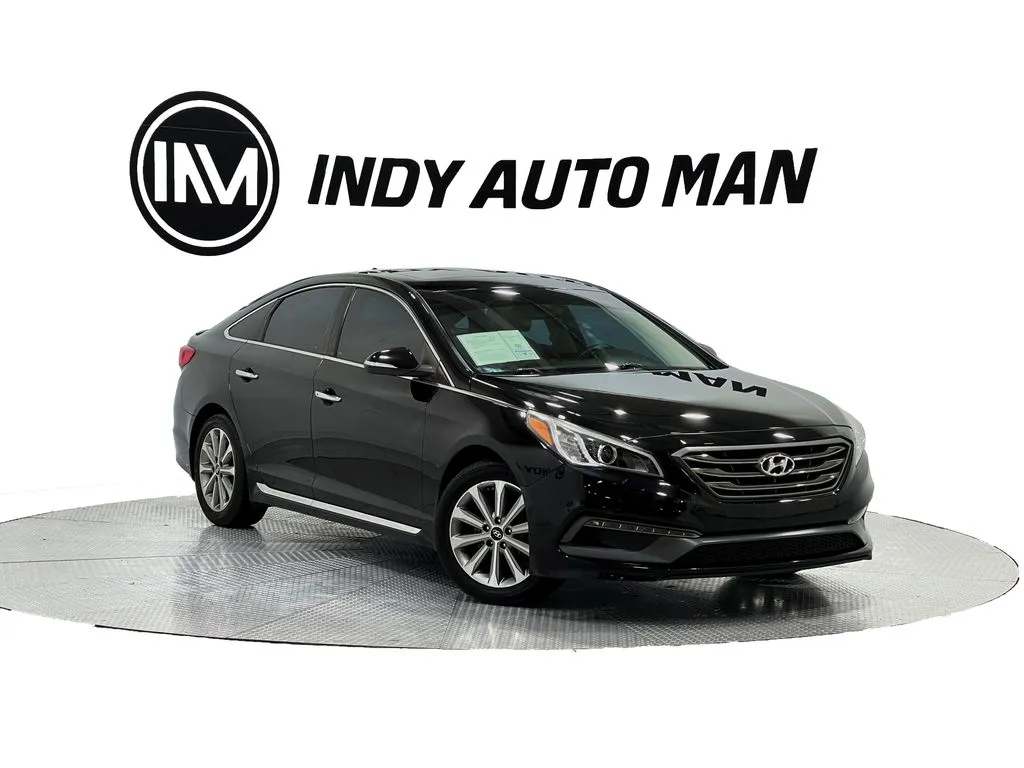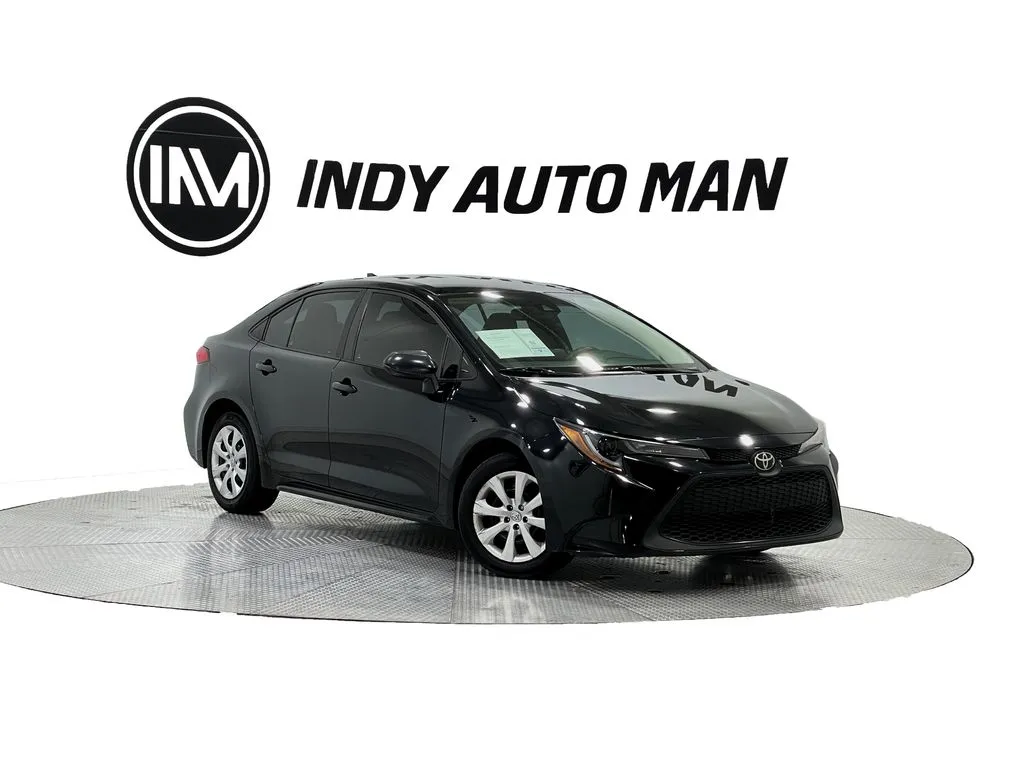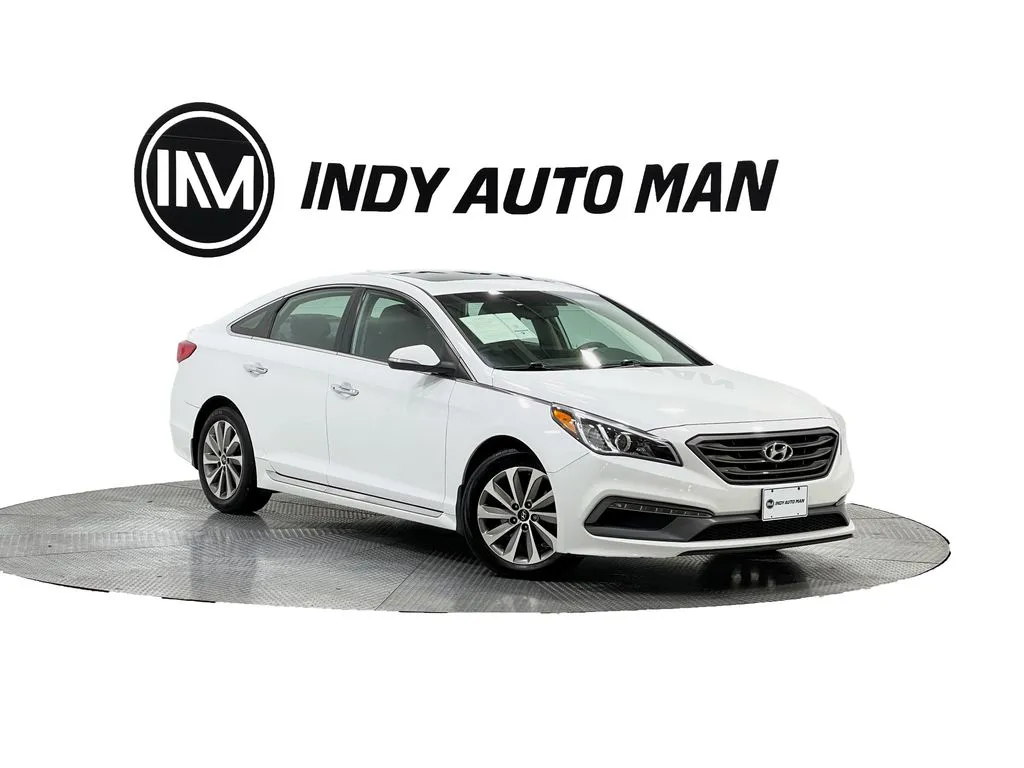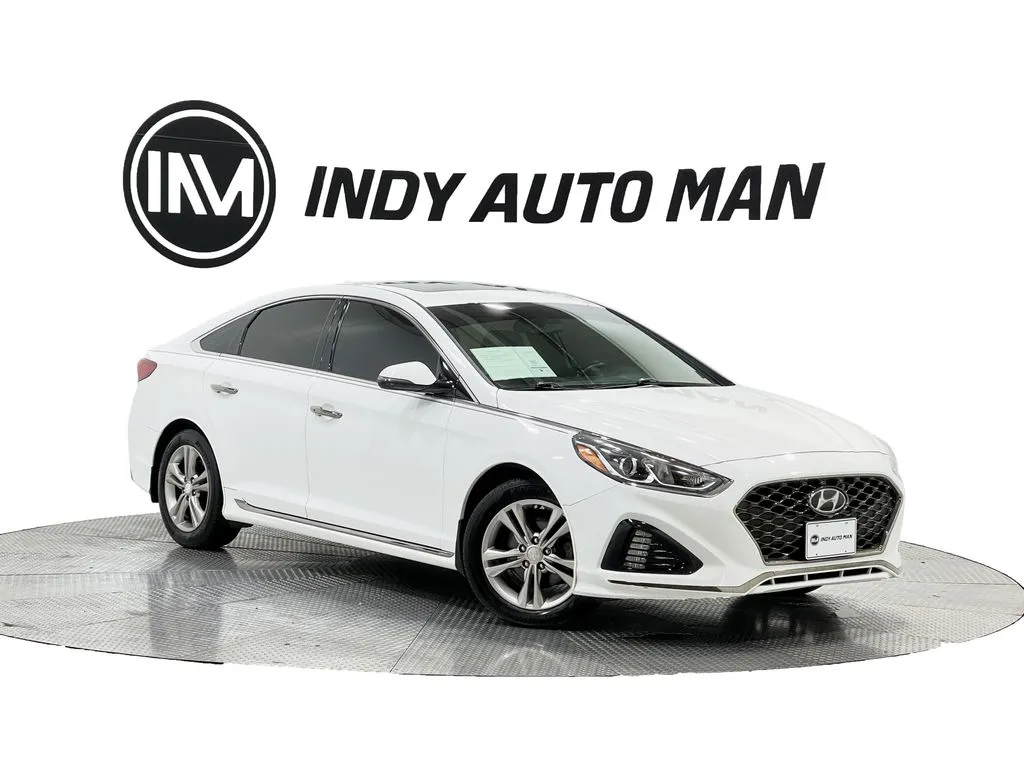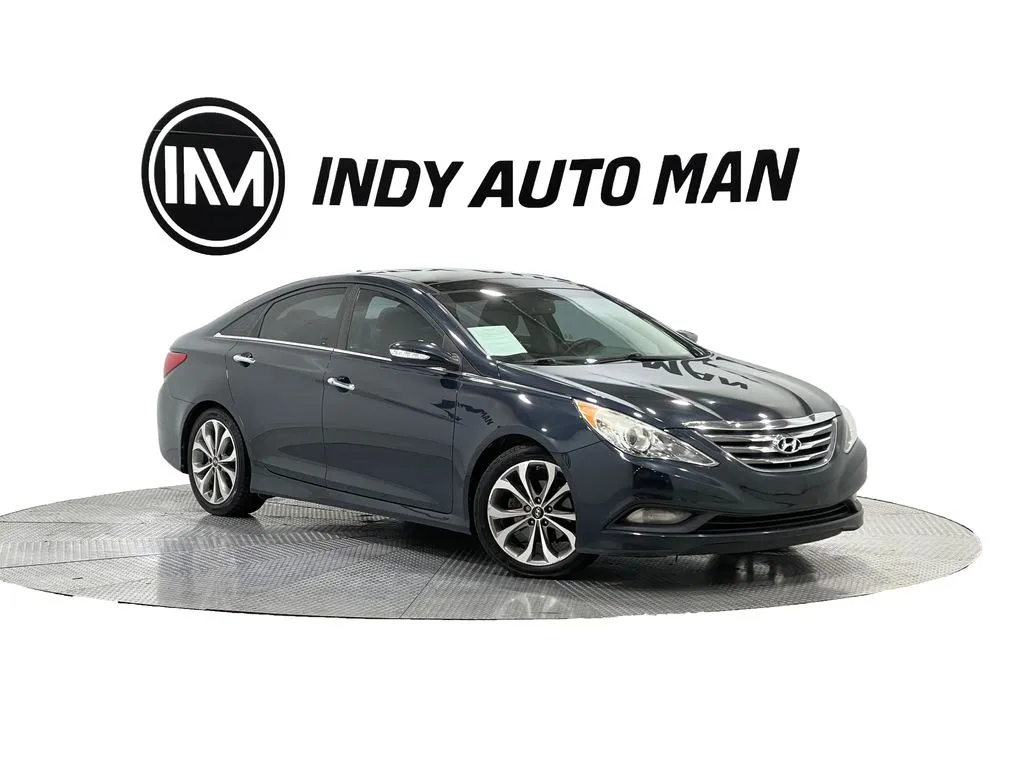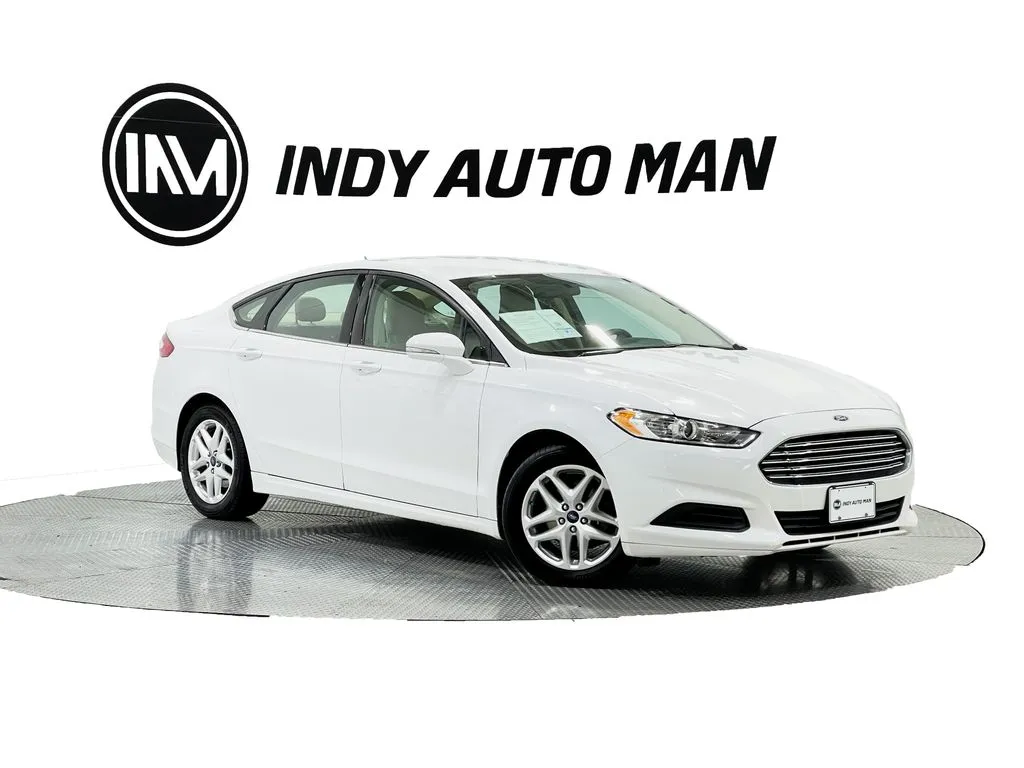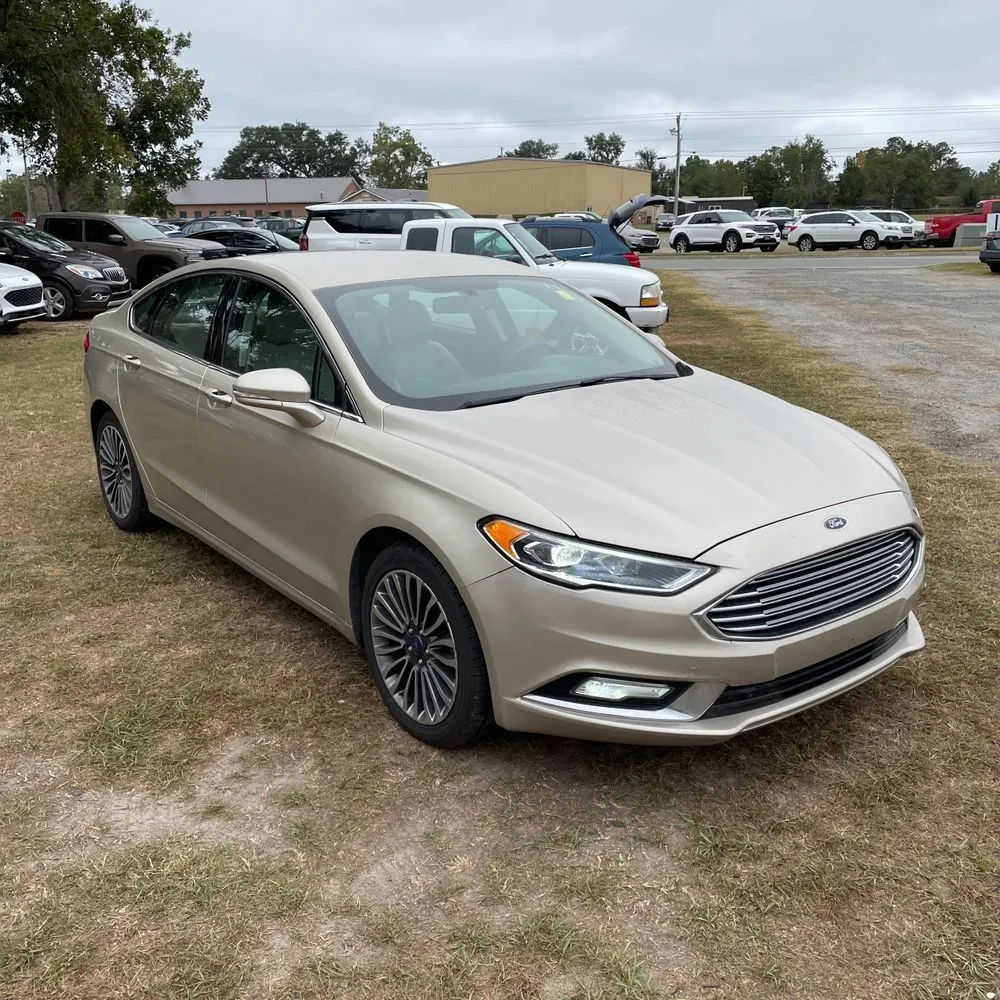What Are Partial Zero-Emission Vehicles?

A Partial Zero Emissions Vehicle (PZEV) is a gasoline car meeting the U.S.’s strictest emission standards, including zero evaporative emissions and SULEV (Super Ultra Low Emissions Vehicle) tailpipe standards, and comes with a 15-year/150,000-mile warranty warranty on their emission control systems.
PZEVs vehicles run on gasoline but offer exceptionally clean exploration with zero evaporative emissions. While these vehicles still produce harmful carbon monoxide emissions, they reduce the environmental damage caused by most Americans’ daily driving and personal car use. Created in California with a Zero Emission Vehicle mandate, the PZEV grade revolutionized the automotive industry.
What Vehicles Are PZEV?
 Buy used hybrid car in Indianapolis
Buy used hybrid car in Indianapolis
There are three PZEV types currently available:
- internal combustion vehicles with special equipment to reduce emissions;
- hybrids;
- plug-in hybrids.
PZEV is a standard for hybrid cars. They have two engines, usually one diesel/gasoline and the other electric. Experts predict that the era of classic internal combustion engines will come to its logical conclusion – they will be replaced by electric vehicles and hybrids.
Today, the world’s best manufacturers offer many models of hybrid cars, and with constantly growing gas prices, the demand is high. Therefore, we have prepared a list of the best hybrid cars to date.
- Toyota Corolla Hybrid. Being sold at a fairly low cost, it surpasses most other hybrids in terms of technical characteristics and reliability.
- Honda Accord Hybrid. A surprisingly fast and nimble mid-size sedan. It has a magnificent interior with luxury trims with a driver-friendly infotainment system.
- Toyota Camry Hybrid. The manufacturer equipped the car with a sports suspension, making this hybrid a real monster. It is noticeably superior to its gasoline relative in all parameters and technical characteristics while consuming much less fuel.
- Hyundai Elantra Hybrid. In 2021, the Hyundai Elantra compact sedan received a hybrid version for the first time. It is built on the same latest K3 platform but has received different improvements over the non-hybrid model, for example, an independent rear suspension instead of a torsion beam.
- Ford Fusion Hybrid. Comfortable plug-in five-seater hybrid car with the possibility of recharging from the home electrical network.
- Toyota Prius. This hybrid has been produced since 1997 and is well-known for its quality and reliability.
- Hyundai Sonata Hybrid. Its distinguishing feature is a roof covered with solar cells, which provides battery recharging during the daytime. The IIHS named this hybrid the safest car of 2020.
- Honda Clarity. All vehicles are equipped with the Honda Sensing active safety package, which includes lane-keeping assist, adaptive cruise control, and automatic emergency braking.
- Honda Insight Hybrid. Honda Insight is one of the first mass-produced hybrid cars in the world. The first two generations can be called a failure, but the third turned out to be very successful.
- Hyundai Ionic. Hyundai positions the Ioniq as the most economical car in its class. It is powered by a 1.6-liter 4-cylinder engine with 104 hp and consumes only 3.4 L of fuel per 60 miles.
US Vehicle Emission Standards
Environmental Protection Agency (EPA) regulates the vehicle emission standards. This organization defines strict rules and requirements and also controls their implementation. However, each state in the US can have its own rules and laws. Even neighboring states may have dramatically different regulations. Read about the emission regulations in Indiana here .
California has approached the most grave environmental problems in the US. This state has special permission from the federal government to publish its emission standards for vehicles. This phenomenon is known as the California Environmental Standard. By these rules, since 2010, in California, all cars must comply with Euro-5 standards (a little later, Euro-6 was added to this requirement). Arizona, Connecticut, Maine, Massachusetts, Maryland, New York, New Mexico, New Jersey, Oregon, Rhode Island, Pennsylvania, Vermont, Washington, and the District of Columbia also went along the path of California. But these states also adhere to the national environmental standard, which is more loyal to manufacturers. This phenomenon is called “Standard 49”. In 2016, the EPA adopted the California standard as a national, but it applies to vehicles manufactured from 2017 to 2025.
Emission Designations and Features

Since 1991, the United States has had a system of requirements for automotive emissions. Each new stage, which increased the requirements, was introduced after a certain period and had its designation to clarify which class the car belongs to. So there are also such concepts as a transitional car – a vehicle has an emission level below the previous standard but still does not reach the requirements of the next one.
The allowable exhaust emissions level is based on their class and type, so the same requirement, for logical reasons, could not apply to a passenger car and a cargo vehicle. However, both cars and trucks must comply with current environmental standards and not allow emissions of harmful gases into the atmosphere to be exceeded within the framework of personal permissibility.
The following environmental standards are applied throughout the country:
- Transitional Low Emission Vehicle (TLEV). The least stringent emission standard. Beginning in 2004, TLEV is being phased out.
- Low Emission Vehicle (LEV). All new cars starting in 2004 must have at least an LEV or better emission rating.
- Ultra-Low Emissions (ULEV). The ULEV car is 50% cleaner than the average new model year vehicle.
- Super Ultra Low Emissions (SULEV). SULEV is 90% cleaner than the average car of the new model year.
- Partial Zero Emission Vehicle (PZEV). These cars meet SULEV exhaust emission standards, produce zero emissions, and have 15 years or 150,000 miles covered by warranty. No combustion emissions mean they have fewer emissions while driving than a typical gasoline car.
- Advanced Technology PZEVs (AT PZEV). These vehicles meet PZEV requirements and have additional characteristics of the ZEV type. Applicable to natural gas-powered vehicles or gasoline emission hybrid vehicles that comply with PZEV standards will be AT PZEV.
- Zero-Emission Vehicles (ZEV). ZEVs have zero exhaust emissions and are 98% cleaner than the average new model year vehicle. These include electric cars and hydrogen fuel vehicles.
All automakers and auto dealers operating in the United States adhere to LEV II requirements.
PZEV Standard Makes Difference
Manufacturers began mass production of these vehicles with the growing popularity of environmental consciousness in 2010, so there are many used cars of this type available for sale in the market.
If you are looking for a used PZEV car, visit the Indy Auto Man dealership in Indianapolis today!

